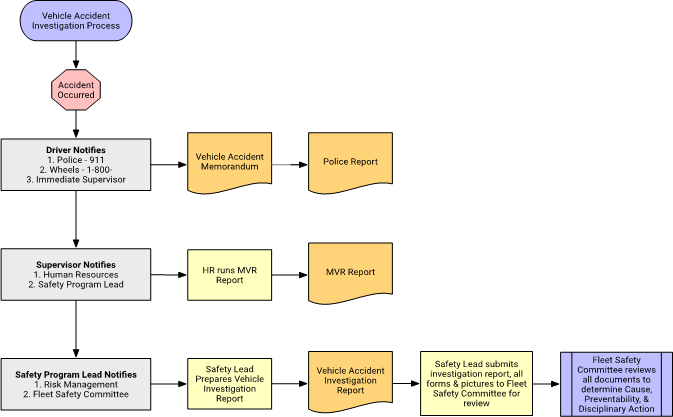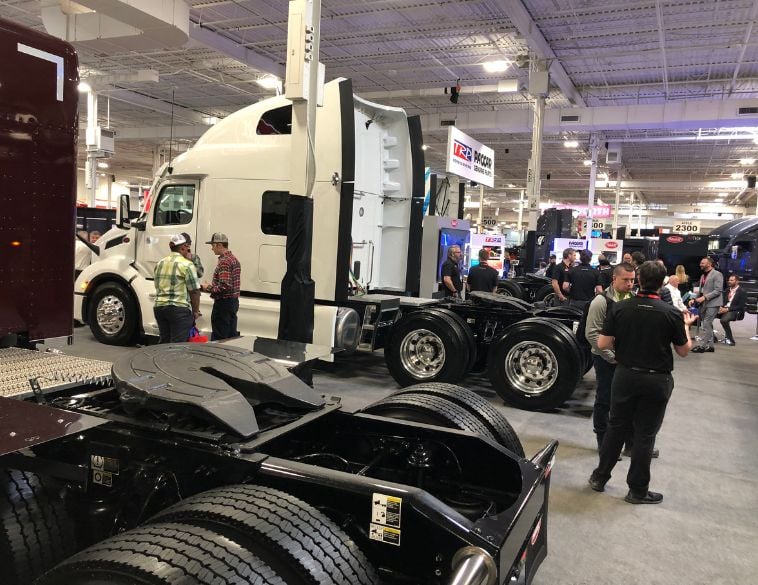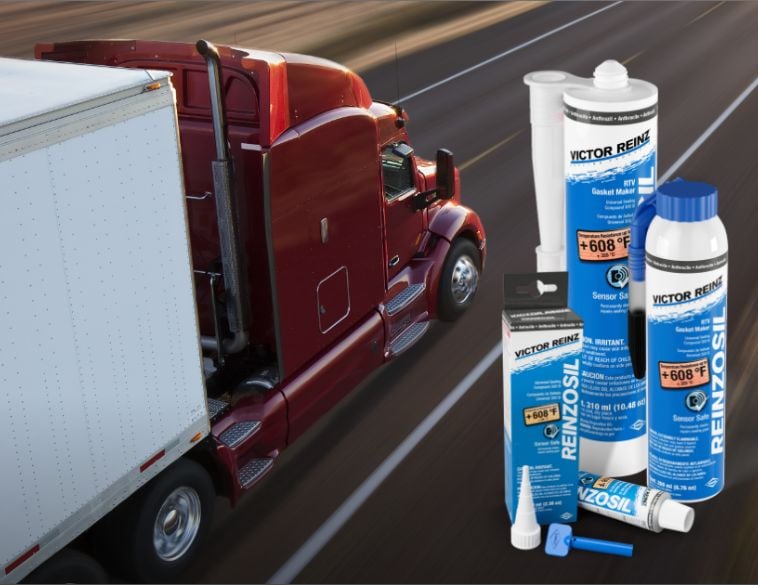Creating a clear mandate for driver responsibility and employee protection brings many benefits.
One of the most important aspects of fleet management is driver safety, which is an area that involves many stakeholders in an organization. Who is responsible for driver safety in your organization?
I usually hear one of four replies—the end-user, supervisors or managers at all levels, an appointed risk manager or safety professional, or the fleet manager. While there is no single correct answer as much depends on the nature of the organization, there are several issues that should be considered in assigning fleet safety responsibilities.
Cornerstone
The end user is the cornerstone of a fleet safety program. Ultimately, they are the only ones who can ensure safe operation of the vehicles they are entrusted with. Safety policies should make it clear that they are responsible to operate vehicles safely and to avoid operating vehicles they are not licensed or qualified for. The immediate supervisor is a very influential stakeholder as they set the example and enforce safe behaviours.
For a safety program to be effective, they must be fully engaged and able to enforce safe driving standards. Those standards are normally part of a safety program created and actioned by either a safety professional or the fleet manager.
Safety professionals in large organizations often have safety-related responsibilities outside of fleet and may not have a lot of functional expertise in driver safety. The fleet manager can play an important role as a subject matter expert in setting fleet safety goals.
Participation from all of these stakeholders is vital to a successful program and this is where a Fleet Safety Committee can be a useful forum. Fleet managers, safety professionals, supervisors and end users can come together to create or approve policies, brainstorm safety campaign ideas and evaluate unsafe driving practices and vehicle accidents.
Set schedule
These Committees should meet at least quarterly, have a clear mandate, and have the authority to enforce decisions. It is important to include Human Resources and even legal representatives.
Organizations can use process mapping to show the accident investigation process and the roles of all stakeholders including the Fleet Safety Committee.

The Committee is the best place to determine preventability and cause of accidents as it brings all stakeholders and necessary information together. All accidents should be classed as preventable or non-preventable, the latter meaning that a driver did everything reasonable to prevent the collision from occurring. Following the preventability determination, the Committee should probe more deeply into the cause. It should consider factors associated with the road (slippery, wet, snow covered, steep, gravel, etc.), the external environment (weather, light, etc.) and the drivers of all vehicles involved.
Collision management database
These causal factors should be tracked in a collision management database to identify trends that can be the targets for future training to be determined by the Fleet Safety Committee.
If you do not currently have an active Committee, forming one is a good opportunity to show the commitment of your organization to employee safety and make important improvements in fleet safety.
Kate Vigneau, CAFM, is Director (Fleet and Canada) for Matrix Consulting Group. She is responsible for Matrix’s fleet solutions division as well as the lead for expansion in all functional areas related to business in Canada.



